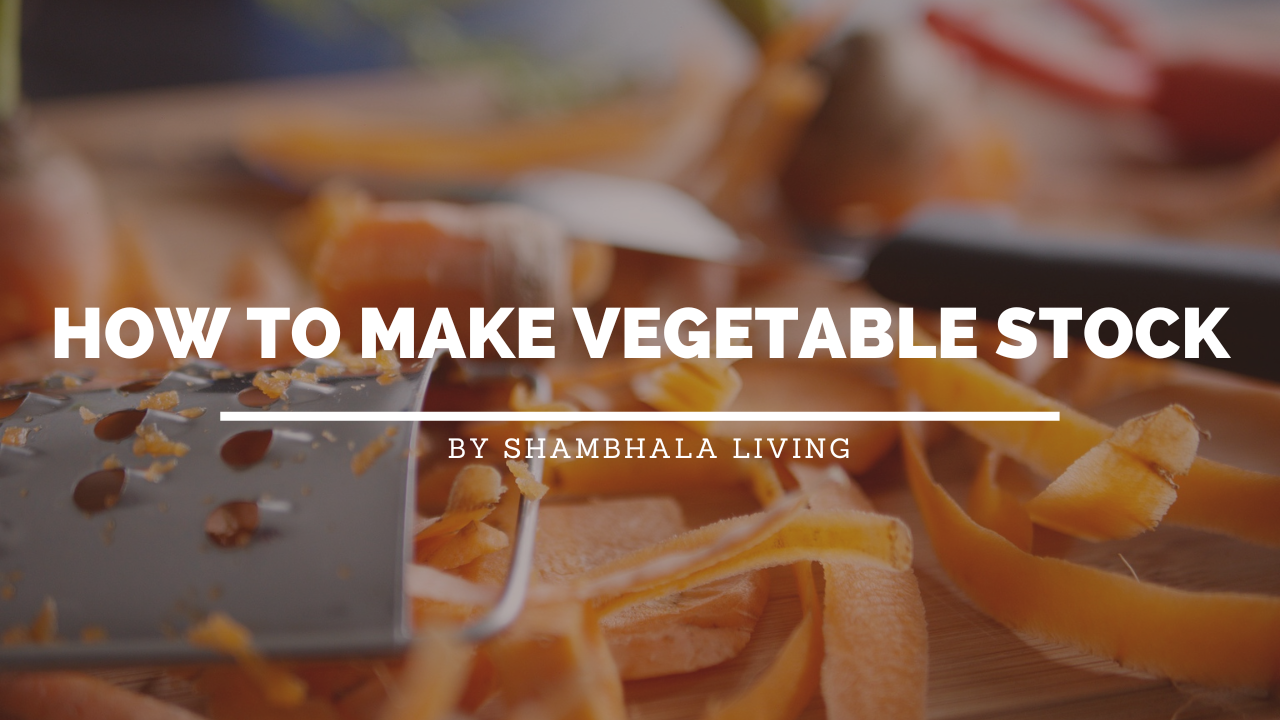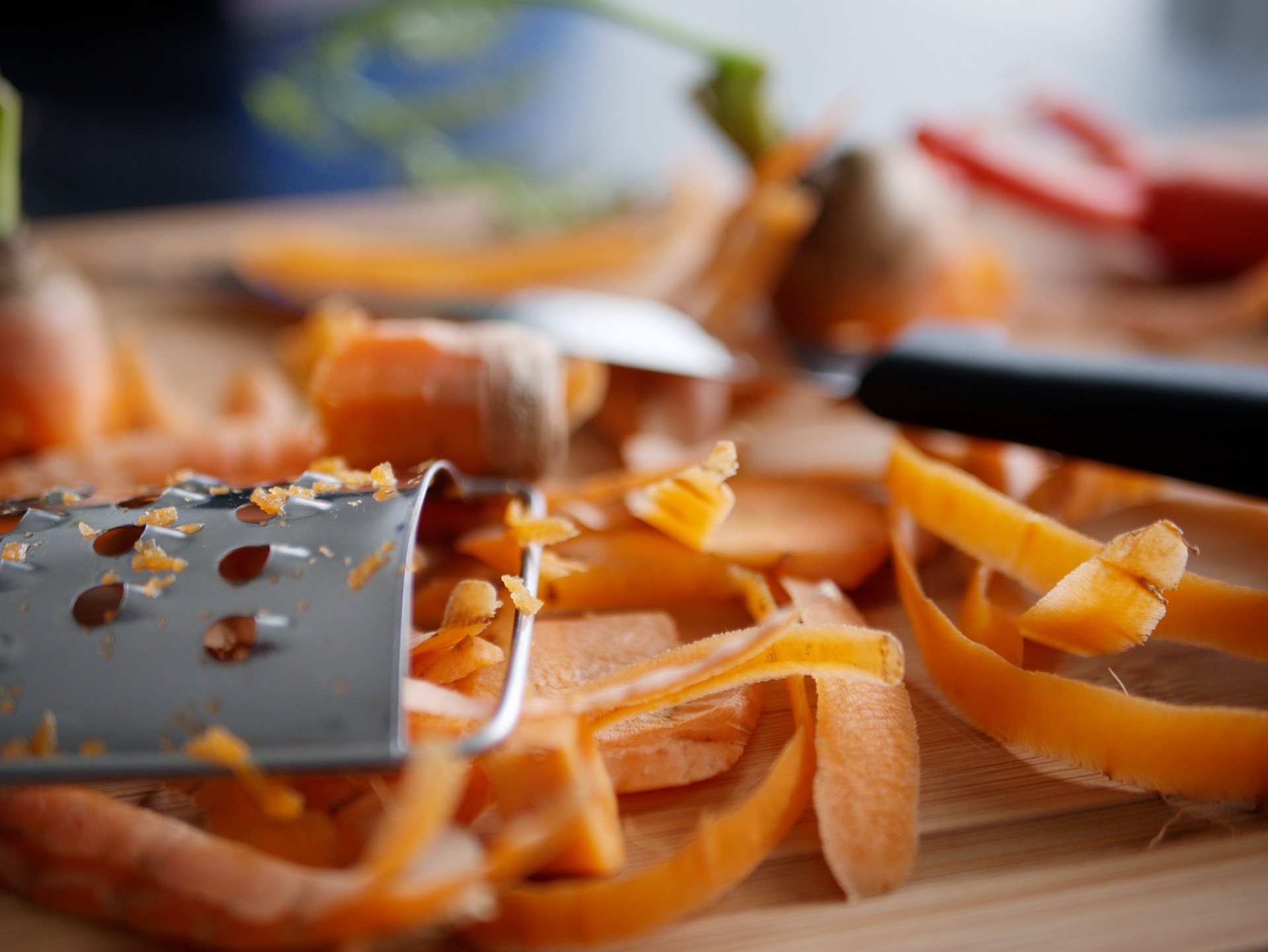How to Make Vegetable Stock

Living in a sustainable way means, first and foremost, thinking about what we buy, and how we can reduce our consumption. Reducing waste is another key consideration. One key activity that can help us move in the right direction in both of these areas is growing our own food at home, and making sure that we make the most of every scrap of the produce we grow.
Making vegetable stock is one way to make use of the vegetable peelings and scraps left over after you make your means with home grown produce, or fresh, local fruits and vegetables you have bought seasonally and locally.
Why Use Vegetable Scraps to Make Stock?

Using vegetable peelings and scraps to make a healthy vegetarian stock, or broth, is a great way both to reduce your consumption and reduce food waste.
Vegetable scraps can also sometimes we used to grow more food. And of course, even when you do not use them in another ways, should be composted to return the nutrients to your garden. But making a healthy vegetable stock is another good option to consider.
Which Vegetable Scraps to Use to Make Stock
Making a vegetable stock is very simple. But the efficacy of the results will depend in large part on the specific vegetable scraps that you choose to use.
Your aim is to create a stock that works well for your palette and for the tastes of those for whom you are cooking. You want to try, as a general rule, to balance sweeter and more savoury flavours.
For the sweet side of the equation, you will want to use scraps from root vegetables such as carrots and parsnips. You can use beetroot too – though these scraps, highly saturated in colour, will dye your stock, and mean that it is not suited to as many recipes. Sweet notes can also come from pea pods, corn cobs, and fennel, for example.
For the savory side, you'll want some scraps from alliums such as onions and leeks, leafy greens like chard or spinach, and the peels from squash. Tomato scraps might also be used, along with a number of other ingredients from the garden. Don's forget about all the culinary herbs that you might add to give a depth of flavour.
There are some vegetables scraps that are not ideal to add to a vegetables stock. Potato skins are best not used in a stock, as they can make it too starchy. And it is also best to avoid adding brassica crops to the mix, since these can make a stock bitter.
But other than avoiding these things, there are few rules about what you can and should include. You can definitely experiment a little to find a flavour combination that works for you.

Making Vegetable Stock
- Save scraps as you harvest and cook, placing them into a bag or other container in your freezer until you have a large and varied enough batch of scraps to make some stock. Ideally, aim to have a good blend of around half sweet and half more savoury ingredients.
- Once you have enough scraps ready, take the frozen scraps out of the freezer and place the scraps into a pan. Cover with water and bring it to the boil. (As a general rule of thumb, a quart of water should be added for every 2 cups of scraps.)
- Simmer the stock for at least 30 minutes to bring out all the flavours. Add salt and other seasoning to taste.
- Strain the stock to remove all the bits and pieces using a sieve or fine muslin.
- You can then use the stock right away, keep it in the fridge for up to 4 days or so, freeze it for up to 3 months, or use a pressure canner to preserve it for longer in airtight canning jars.
If you enjoyed reading that, you'll surely love our Shambhala Living Podcast too..
S t a y C o n n e c t e d
We'd love to share more about our food growing and regenerative living tips, ideas and visions for a new future.

